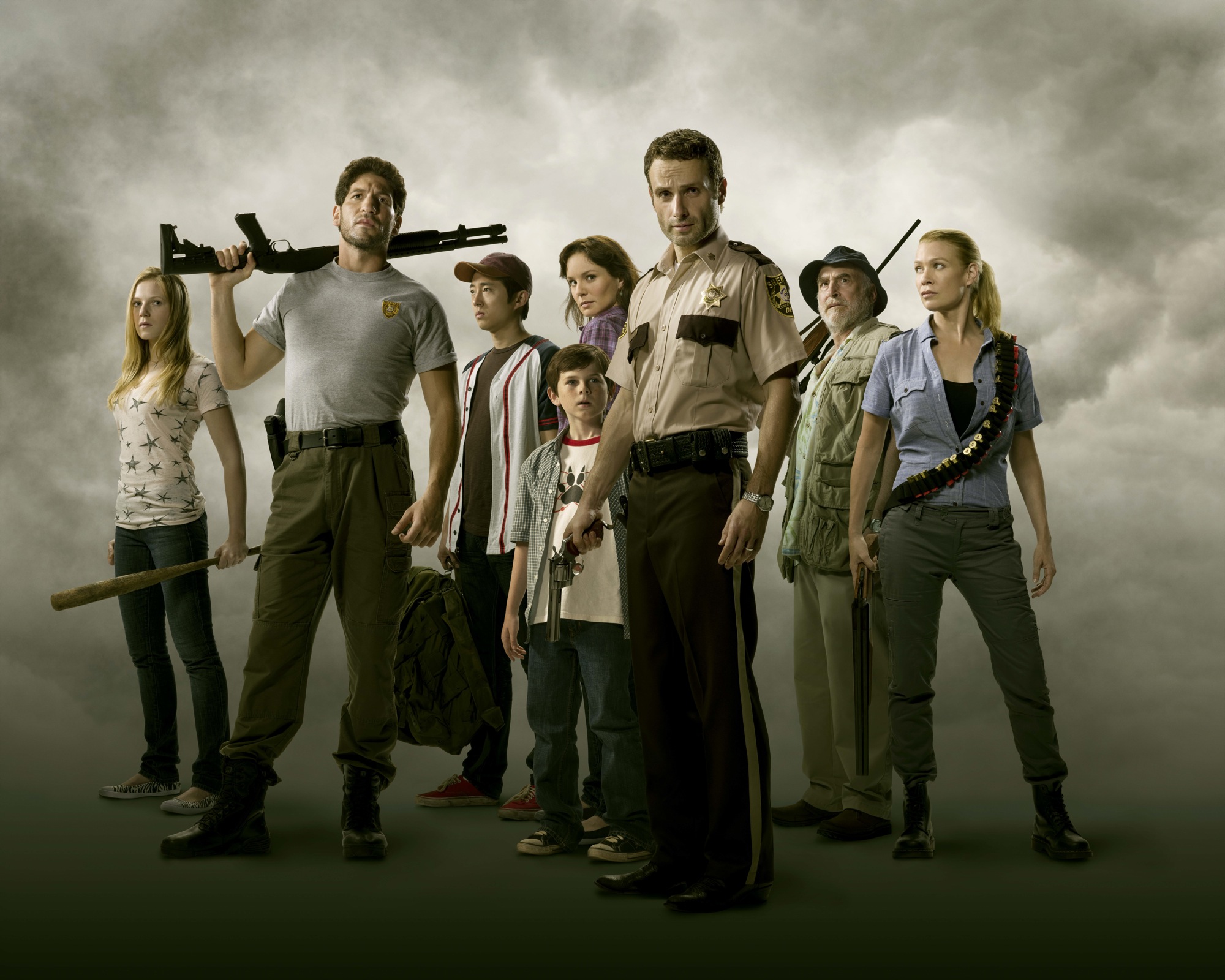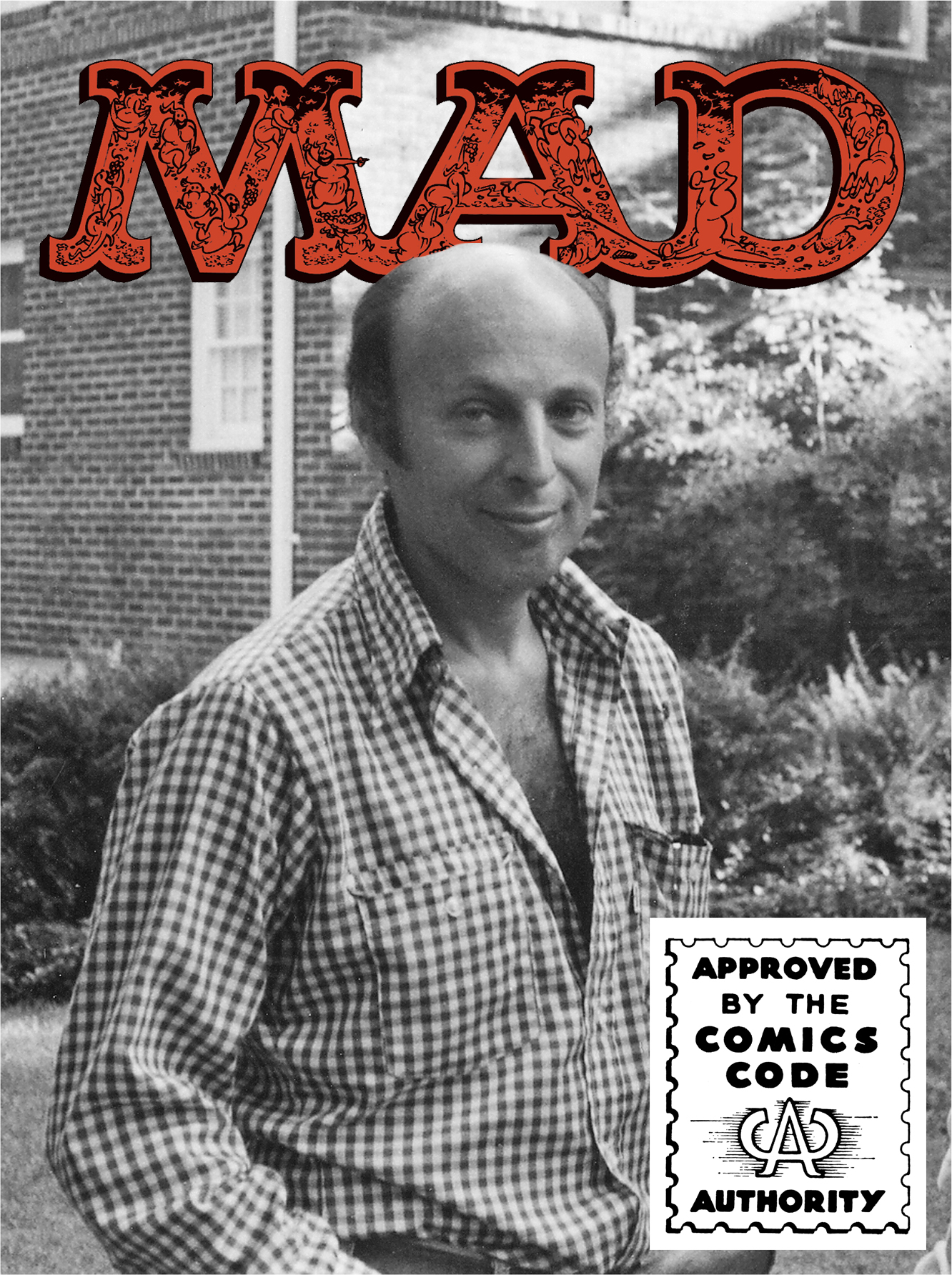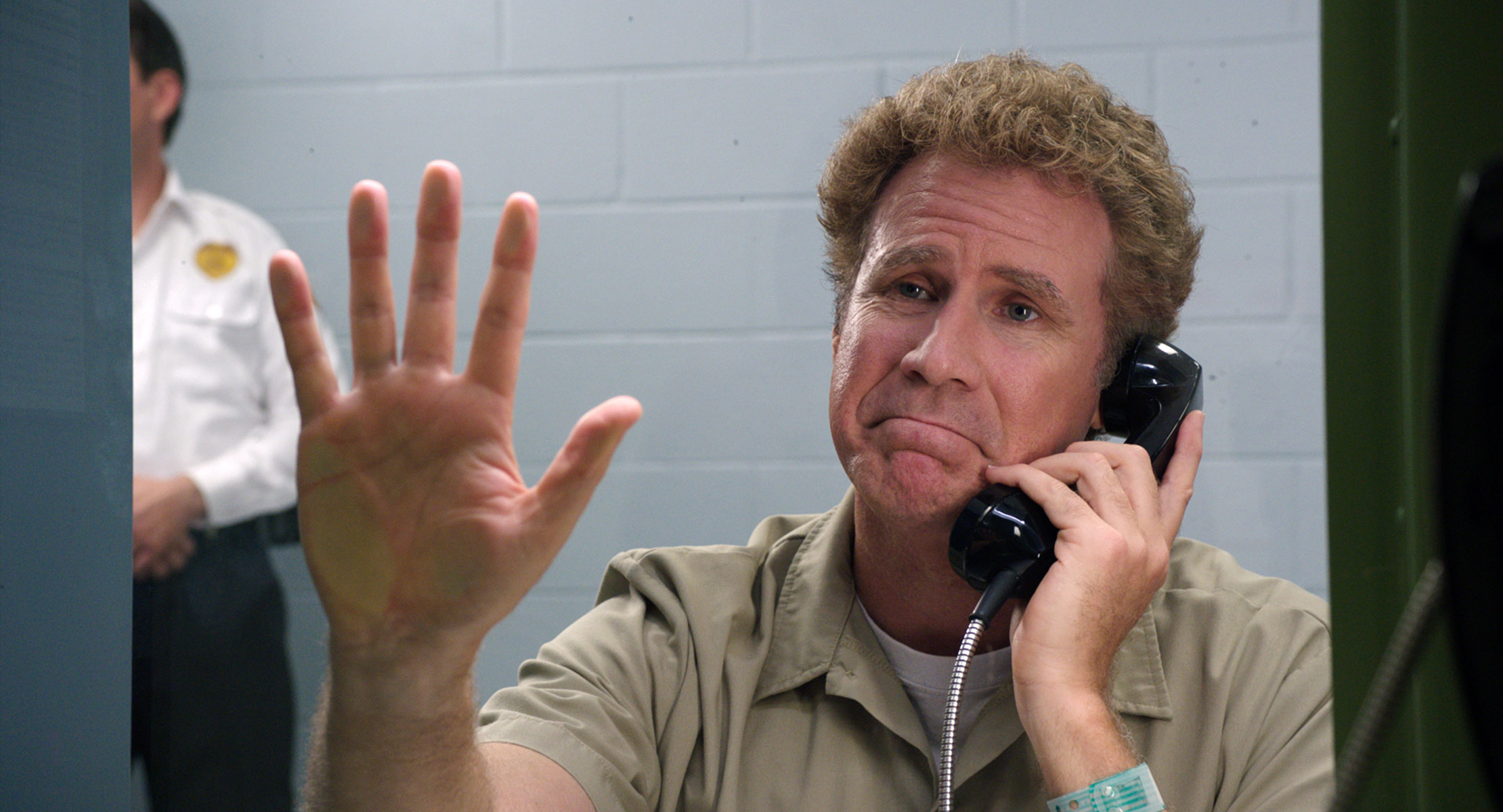The answer to the whole zombie conundrum came to me on the night of the midterms two weeks ago, like an arrow through the brain. There’s never been a genre more strip-mined, yet zombies are more popular than ever. Why?
Now in its fifth season, AMC’s The Walking Dead is cable’s top-rated show, even beating football. Meanwhile, SyFy’s low-rent Z Nation has gotten renewed for a second season. And you may have noticed that roughly half of Netflix’s titles are shitty zombie flicks from World War Z on down. Even AMC’s largely worthless recap show, Talking Dead—worthless unless you value celebrity guests conjecturing about events on Walking Dead—was the seventh-highest-rated cable show last week.
Zombies stopped being scary long ago. For all the advanced gore effects, the Walking Dead zombies aren’t a fraction as menacing as the shamblers in lousy blue makeup from George A. Romero’s 1978 Dawn of the Dead. Anyone can just stroll up to a Walking Dead zombie and stab it in the head. Boink! If G. Gordon Liddy’s claim that he could kill someone with a pencil always seemed farfetched, he could take out a whole horde of Walking Dead pussy zombies with a single fucking #2 Ticonderoga. One character even recently blasted a bunch of them apart with a fire hose. They’re water-soluble.
There’s nothing innovative about TWD, apart from putting hardcore gore into the non-geek mainstream—and on a prestige platform alongside Mad Men and Breaking Bad. Sometimes it seems like the show everyone complains about but compulsively watches anyway. (Also an enjoinder to you Facebook narcissists: Shaddap with the night-of-broadcast spoiler reactions. Some of us still use TiVo.)
Based on Robert Kirkman’s juggernaut Image comics series that’s run since 2003, TWD’s yet another saga of survivors in a contemporary zombie apocalypse—a copy of a copy of a survivalist fantasy that ought to be earning Romero massive weekly royalty checks. But it’s well-made and has a cast solid enough to sell the show’s countless pages of tin-eared bickering dialogue. And despite ups and downs in story quality—it’s on its third show-runner—the fifth-season premiere scored more than 17 goddamn million viewers.
Z Nation is way down the food chain. SyFy’s show is shot in Spokane—which you’ll notice, if you’ve been there recently, doesn’t need much of a makeover to stand in for an apocalyptic zombie wasteland. The show also features plenty of familiar faces from Seattle’s film scene, including TV news guy Lowell Deo. Z Nation is also proof that zombiephiles will consume anything. It’s wretched. Yet with only 1.3 million viewers on average, it’s surviving. Unoriginal even by genre standards, it follows—say it with me—survivors in a contemporary zombie apocalypse, here trying to transport a bite-resistant survivor whose blood could create a vaccine.
SyFy’s made a cottage industry of preposterously cheap, poorly-acted-but-fun trash, epitomized by Sharknado. But Z Nation is painful, not fun: A ridiculous zombie baby in the first episode; a couple’s argument as they offhandedly whack zombies on a fuel-station catwalk. Even the generally competent Harold Perrineau (Lost) seems embarrassed to be involved; his line readings are so stiff they deserve their own cremations and funerals.
But back to my midterm-night epiphany: The Republicans were clearly winning, even though they’d done nothing but obstruct on an historic level for the prior six years. No solutions. Nothing to help working people. And they intended to make things worse for the middle class and poor if they gained the Senate: getting rid of Obamacare, tax cuts for hedge-fund managers, and oil pipelines in your backyard. The doctrine of trickle-down economics would create even more of an oligarchy ruling a nation of overworked, debt-ridden serfs.
As a comic-book writer with a zombie title (Rotten) on my CV, I’ve been asked again and again why zombies are so popular. And I’ve always had a handful of explanations. First, viewers are more sophisticated, and the old-time monsters are too schlocky to buy into. Modern zombies are more relatable. Second, zombies tap into some of our most primal fears, including cannibalism. Third, there’s the terror of getting absorbed into a group that changes you into something subhuman and mindless—or seeing it happen to a loved one. Like losing a family member to the Tea Party. And lastly, zombie horror is cheap to make. Throw makeup on some friends and tell ’em to stagger around like Johnny Depp at the Hollywood Film Awards.
What’s this got to do with the midterms? My explanations were wrong. I hadn’t taken the GOP’s ruthlessly idiotic Galt’s Gulch fantasies to their logical extension. About 45,000 people had been dying each year without health care, and Obamacare is taking a bite out of that with some nine million new enrollees. Eliminate the ACA, and the dead start multiplying again. The GOP—exemplified by Paul Ryan—doesn’t believe in the safety net, and wants to ream Medicaid, Medicare, and Social Security. Then there’s the jihad against regulations, also known as those oppressive rules that keep business from destroying the environment and hurting humans. Without which the country will more and more resemble Z Nation Spokane. Or Kansas, where governor Sam Brownback slashed taxes and turned his state from petri dish to toilet bowl. And he got re-elected.
No government for help. Every man for himself, armed to the teeth. That’s not a zombie show so much as the official Republican party platform, if you listen to conservative talk radio. Before the election I’d noted the weird convergence of generally intelligent zombie fans with the teabagger/Glenn Beck lunatics: a shared fixation on survivalist fantasies. Funny coincidence, I thought.
Then it hit me on Election Day: All the zombie-apocalypse prepper folks were really skilled political trend-watchers. They weren’t nerds who took it too far. They were perceptive. Better than the talk-show pundits. These zombie shows aren’t just entertainment. They’re practice.
markrahner.com







